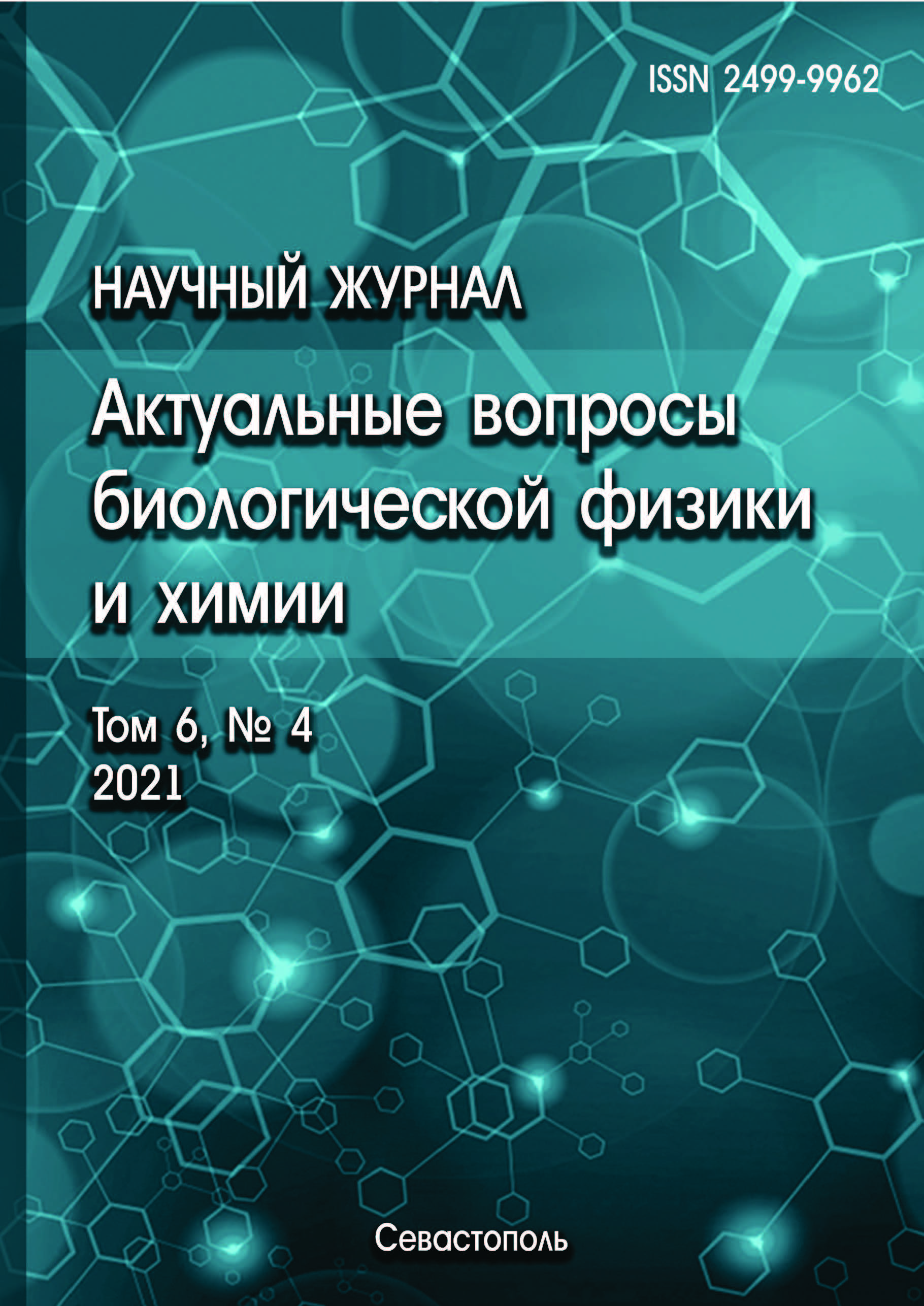Krasnoyarsk, Krasnoyarsk, Russian Federation
Institute of biophysics FRC SB RAS
Krasnoyarsk, Krasnoyarsk, Russian Federation
Knoxville, United States of America
Krasnoyarsk, Krasnoyarsk, Russian Federation
Krasnoyarsk, Krasnoyarsk, Russian Federation
The paper analyzes the experimental evolution of transgenic microorganisms (GMOs) under conditions of limiting their growth by energy substrates. These conditions are typical for the development of GMOs in nature. The most adequate ecological model of natural conditions is a continuous cultivation in the chemostat. It has been shown that the cost of maintaining GMOs sharply increases at low rates of reproduction of transgenic bacteria. This is due to an increase in the efficiency of expression of cloned genes while limiting the growth of GMOs. Experiments revealed an increase in the efficiency of expression of bioluminescence genes of marine luminescent bacteria Photobacterium leiognathi , cloned in Escherichia coli Z905 , at low growth rates during continuous cultivation.
transgenic microorganisms, experimental evolution, fitness cost, mathematical modeling, continuous culture
1. MacLean R.C., Millan A.S. Microbial Evolution: Towards Resolving the Plasmid Paradox. Current biology, 2015, vol. 25, no. 17, pp. R764-R767.
2. Wein T., Hulter N.F., Mizrahi I., Dagan T. Emergence of plasmid stability under non-selective conditions maintains antibiotic resistance. Nature com, 2019, vol. 10, p. 2595.
3. Bril'kov A.V., Loginov Yu.Yu., Bril'kova E.V., Ganusov V.V., Shuvaev A.N. GMO: Eksperimental'naya evolyuciya i problemy bezopasnosti. Krasnoyarsk: Izd-vo Sibirskogo federal'nogo universiteta, 2021, 224 c. @@Brilkov A.V., Loginov Yu.Yu., Brilkova E.V., Ganusov V.V., Shuvaev A.N. GMOs: Experimental Evolution and Safety Issues. Krasnoyarsk: Publishing house of the Siberian Federal University, 2021, 224 p. (In Russ.)
4. Carroll A.C., Wong A. Plasmid persistence: costs, benefits, and the plasmid paradox. Can. J. Microbiol., 2018, vol. 64, pp. 293-304.
5. Monod J. The growth of bacterial cultures. Annual Review of Microbiology, 1949, vol. 3, pp. 371-394.
6. Pirt S.J. Principles of Microbe and Cell Cultivation. Oxford: Blackwell Sci. publ., 1975, 274 p.
7. Novick A., Szilard L. Description of the chemostat. Science, 1950, vol. 112, pp. 715-718. EDN: https://elibrary.ru/ICNWNB
8. Moser H. The dynamics of bacterial populations maintained in the chemostat. Carnegie institution of Washington, 1958, 136 p.
9. Gitelzon I.I., Pechurkin N.S., Brilkov A.V. Population Problems in the Biology of Unicellular Organisms. London: Harwood Academic Publ. GmbH (United Kingdom), 1989, 77 p.
10. Illarionov B.A., Blinov V.M., Donchenko A.P. e. al. Isolation of Bioluminescent Functions From Photobacterium leiognathi: Analysis of luxA, luxB, luxG and Neighboring Genes. Gene, 1990, vol. 86, pp. 89-94.
11. Zavilgelsky G.B., Shakulov R.S. Mechanisms and Origin of Bacterial Bioluminescence. Mol. biol., 2018, vol. 52., no. 6, pp. 935-947.
12. Tyul'kova N.A., Sandalova T.P. Sravnitel'noe issledovanie vliyaniya temperatury na bakterial'nye lyuciferazy. Biohimiya, 1996, t. 61, vyp. 2, c. 275-287. @@Tyulkova N.A., Sandalova T.P.Comparative study of the effect of temperature on bacterial luciferases. Biochemistry, 1996, vol. 61, no. 2, pp. 275-287. (In Russ.)
13. Levin B.R., Stewart F.M. The population biology of bacterial plasmids: A priori conditions for the existence of conjugationally transmitted factors. Genetics, 1977, vol. 87, no. 10, pp. 209-228.
14. Jones I.M., Primrose S.B., Robinson A., Ellwood D.C. Maintenance of some ColE1-type plasmids in chemostat culture. Mol. Gen. Genet., 1980, vol. 180, pp. 579-584.
15. Lenski R.E. Evaluating the fate of genetically modified microorganisms in the environment: are they inherently less fit? Experientia, 1993, vol. 49, pp. 201-209.
16. Cooper T.F., Rozen D.E., Lenski R.E. Parallel changes in gene expression after 20,000 generations of evolution in Echerichia coli. Proc. Natl. Acad. Sci. USA, 2003, vol. 100, no. 3, pp. 1072-1077.










